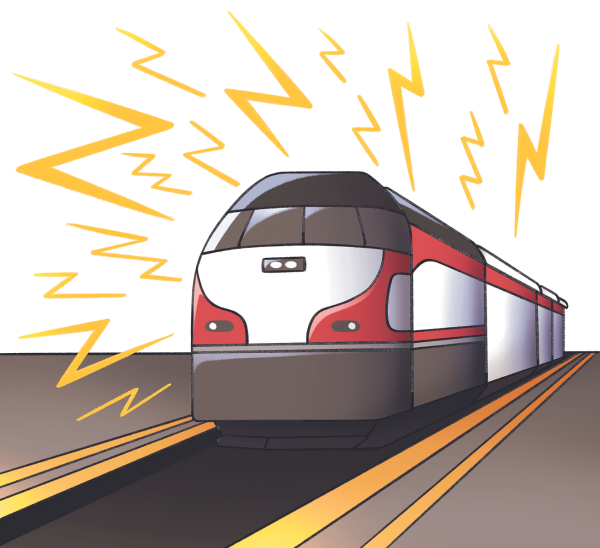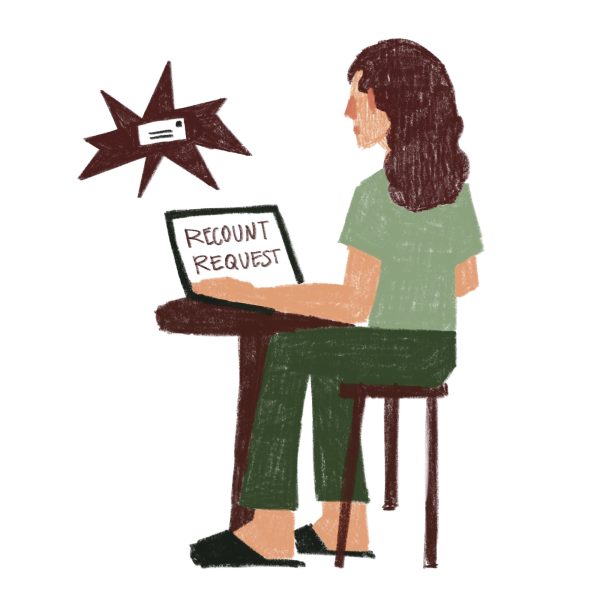ACT to pilot digital assessment in 2015
Starting in the spring of 2015, students can trade in their pencils for keyboards on ACT testing days. The nonprofit organization recently announced that it will pilot a digital version of the test at select high schools in 2015 and plan to make the new format available to all test takers shortly after.
The ACT exam is a “curriculum and standards-based educational and career planning tool that assesses students’ academic readiness for college,” according to the organization’s website. The test is taken by nearly 1.7 million high school students every year. Jon Erickson, president of the ACT’s education division, said that the new format will resemble the current test, but allow for more rapid score returns and reflect the increasing presence of computers and technology in students’ lives.
“This has been in the planning for a long time,” Erickson said in an interview with Deseret News. “But, we’re not doing it for the technology. It’s really a vehicle around the need to address immediacy of results, new ways to measure skill performance and informing and improving instruction.”
Faster delivery of results was one of the foremost reasons for creating a digital version of the test, as the new format will hopefully be able to score the tests in anywhere from seconds to minutes following completion. The organization has yet to release specifics on how the new results will be delivered, since the optional writing component must still be hand-scored and will thus take extra time.
“Most of us want to have our results the second we finish because our attention and focus is right there,” Erickson said. “Results can be returned to the student much quicker, if not almost immediately and we’ll be able to have scores and results tailored to the receiving audience. We’re scratching the surface on what we can do in a digital-delivered type of assessment.”
By having a digital format, the test will also be able to utilize new, unprecedented question formats. For example, the new test is said to contain more engaging free-response questions “in which students manipulate on-screen images to form their conclusions,” according to The New York Times. “In one sample question, students move a plunger on a cylindrical gas tank to change gas pressure and temperature. They then write a few sentences describing the relationship between distance and pressure and between temperature and pressure, and graph those relationships.”
However, since not all students across the United States have equal access to technology and computers growing up or at school, for now, the ACT will still offer a traditional paper-and-pencil testing format to schools who opt to. The organization says their goal is to eventually have a 100 percent digital medium.
Several states, such as Kentucky and Wyoming, where the ACT is part of state-mandated programs, have reported difficulties with digital formats of other ACT administered exams, ranging from capacity issues to a lack of technical infrastructure. Indiana and Oklahoma also reported major issues with online formatted tests due to computer glitches and bogged-down Internet connections, according to US News. Erickson brings up that the traditional pencil-and-paper tests come with their share of risks too, as they can be lost, damaged or filled out incorrectly.
The ACT assures parents and students worried about the switch to digital that the organization will not proceed with the new format until both the test takers and makers are sufficiently prepared. Erickson said that this is not the first time the ACT is attempting online testing, as they have already experimented with the format for some of the many other tests that they offer.
“We’ve been doing computer adaptive testing for decades,” Erickson said. “We’re good at this.”
Your donation will support the student journalists of Palo Alto High School's newspaper












